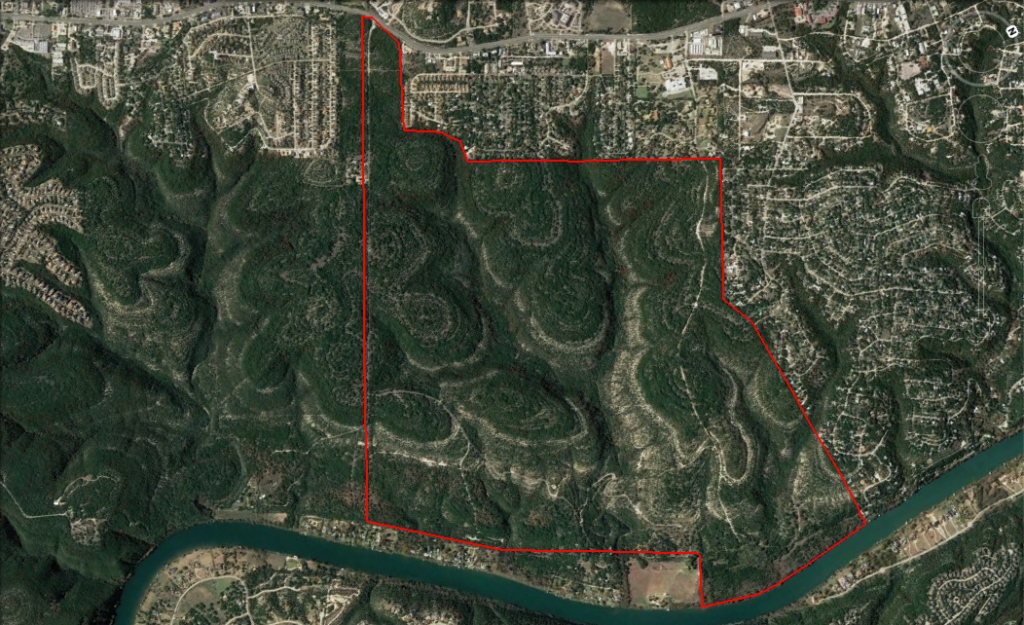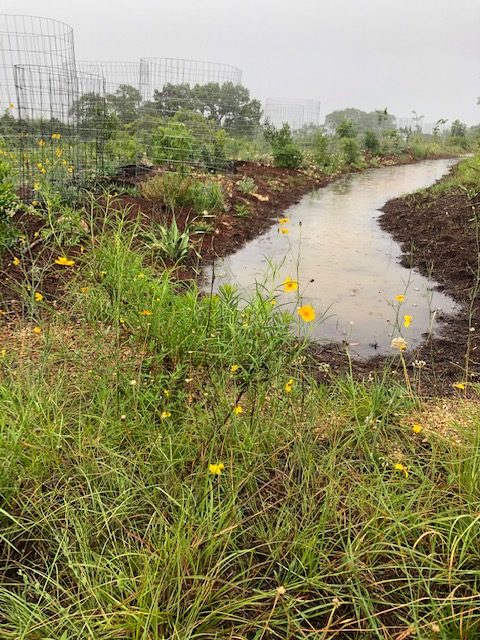Balcones Canyonland Preserves
Balcones Canyonland Preserve
The Balcones Canyonlands Preserve (BCP) is not one single tract of land, but a more than 32,000 acre system of preserves that exists as a multi-agency conservation effort operating under a regional 10(a) permit issued under the Endangered Species Act by the U.S. Fish & Wildlife Service (USFW).
The permit was issued jointly to the Balcones Canyonlands Preserve’s two managing partners, the City of Austin and Travis County, in 1996. Several other partnering organizations own and manage land dedicated to the BCP. The BCP provides an umbrella of protection for two migratory songbird species, six cave-dwelling invertebrate species, and 27 additional species of concern. By protecting the most vulnerable species, the preserve safeguards the entire ecosystem. In addition to existing as habitat for endangered species, these lands provide habitat for numerous native plants and animals and contribute to improved air and water quality and quality of life for the people of Austin.
Soil and Water Conservation Projects
This project, starting in 2019, is being managed and studied by wildlife biologists working in the City of Austin Water department. The properties we are working on are degraded limestone hills and canyon lands that have a history of forest clearing, wildfires and overgrazing. The properties are dry, with poor high calcium soil. However, this type of landscape has incredible opportunity for soil and water conservation.
-Conservation Terraces
This project installed 1/2 mile of soil and water conservation terraces. The level terraces have a water storage capacity of approximately 65,000 gallons. Because of the high calcium soils, these terrace basins have very high infiltration rates. Storm water flows downhill and is caught by the terrace, these terraces can fill, drain, and refill many times during rainy periods. The excavated soil is shaped into a berm just downhill which creates a large garden bed that is planted with a variety of native plants including grasses, trees, shrubs, and wildflowers. This terrace system can passively harvest several acre feet of stormwater runoff per year, turning a flooding liability into a groundwater asset. Each new terrace is fully mulched, seeded, and planted!
Photo: Jim O’Donnell
-Increasing Soil Organic Matter and Plant Diversity
During the process of photosynthesis plants take in water, sunlight, and carbon dioxide. They split the water molecule, releasing the oxygen and using the remaining carbons and hydrogens to produce sugary plant food. The plant uses this to feed the soil by releasing “r00t exudates” to feed micro organisms in exchange for minerals and nutrients that the plant cannot obtain on its own. This symbiotic relationship between plants, the elements, and micro organisms builds organic matter in the soil. We are taking some of the worst places on these properties and creating the conditions necessary for plants to grow. Not just a few plants, but a great diversity that will provide benefits to the endangered species that call the Balcones Canyonland Preserve their home. We hope to have over 100 species of plants growing and thriving in these systems that will become biological diversity hotspots.
Learn more about how organic matter increases the water holding capacity of soils.
Seeds and live roots purchased from Native American Seed Company.
-Rain Water Collection
In the process of photosynthesis, water is the limiting factor in this part of Texas. This project successfully installed a 24,000 gallon rainwater collection system that provides gravity fed irrigation to help establish and maintain the new plantings. The gravity system requires no energy to provide adequate pressure for the irrigation system. The rainwater is collected from a 2,400 square foot steel pavilion. The tanks were placed under the roof to reduce the footprint of this project and preserve the surrounding landscape. These tanks will also serve the adjacent nursery for native plants being grown by the wonderful stewards of the Balcones Canyond Land Preserve lands.
Date
February 11, 2021



